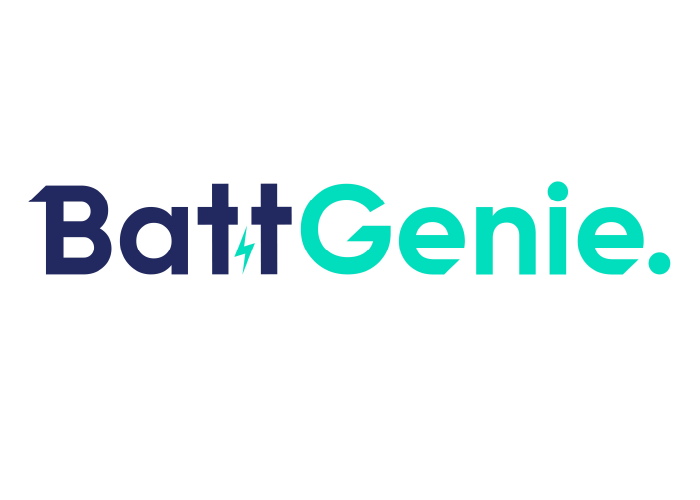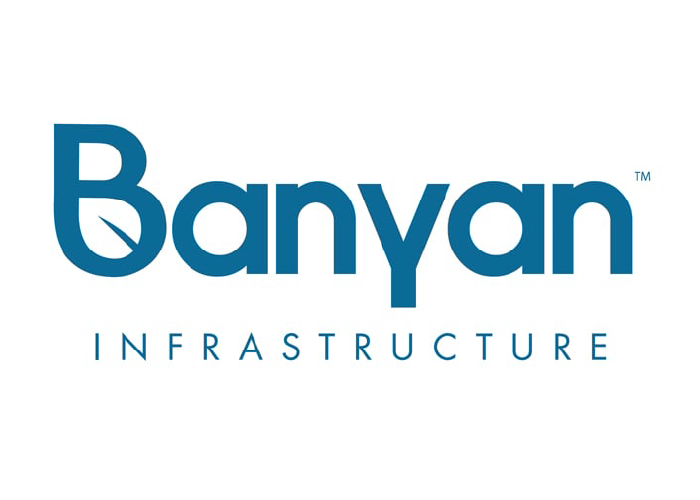Hello VoLo Earth Community!
Our March 2024 newsletter focused on geothermal energy, which we introduced with Joe’s quote as “the sleepy-giant energy resource which, once awakened, can power the world alongside wind and solar.”
Just over a year later, we see that the giant is not just stirring but “primed for a very American boom” in the words of the Atlantic. The team at VoLo Earth has been closely monitoring geothermal technology over the years, with a focus on drilling and technology scale-up. We finally found the right first investment in XGS Energy in 2024, a key investment in Fund II. Last March, XGS was just leaving the lab. Fast forward to today and XGS announced a 150MW offtake agreement with Meta to power data center operations in New Mexico. The project is valued at $1.2B, and part of a broader development portfolio equivalent to ~3 gigawatts.
For context on what XGS’ 3GW opportunity means: installed geothermal capacity for the entire United States in 2023 was just over 2 GW. The pace is as stunning as the potential. As XGS’ CEO describes it, “We sit on, no kidding, one of the best dry hot rock energy resources not just in Western United States but in the entire world,” said XGS Energy CEO Josh Prueher. “The statistics are staggering.”
XGS’ news comes alongside news from peer Fervo Energy, an enhanced geothermal technology company most recently valued at $1.4B. Fervo’s Sugarloaf well in Utah released fresh depth and temperature data which enabled them to update power availability forecast to 5GW and rake in a fresh $206M in project finance.
Just this month, Lazard, released their 2025 levelized cost of electricity (LCOE) report. As shown in the chart below, Geothermal is on the podium with the other lowest cost forms of energy including Solar, Solar PV and Wind. The most competitive fossil fuel power, gas combined cycle, has a broad range that also appears competitive but, Nextera Energy CEO, reported capex of $2400 per KW which translates to the high end of the price range.
Contextualizing current market dynamics in historical energy transitions, solar, storage and geothermal might like to think the transition is nearing a plateau which stabilizes for decades. In reality, there are geopolitical market and technology forces such as nuclear, which could keep us in a dynamic market for years to come. Our guidance to founders is to focus on high margins that enable execution of technology roadmaps.
We want current winners to keep evolving at rates similar to the international elite snowboard athletes who added 30% more spin in Big Air competitions between 2023 and 2025 to produce a 2340 degree spin at the 2025 X games.
PORTFOLIO
A Battery that Lasts 50% Longer is Finally in Production - Wall Street Journal

“In an emerging battery category that could revolutionize electronics, ION is one to watch." This detailed profile in the Wall Street Journal titled “A Battery That Lasts 50% Longer Is Finally in Production”.
The article breaks down the promise of solid-state batteries and highlights ION’s unique approach - now shipping finished cells to early customers, including most major consumer electronics and automotive OEMs, with strong early results. As the WSJ puts it: if ION delivers, it could “allow the U.S. and its allies to leapfrog China’s battery giants in the race to electrify all our transportation and industrial systems.”
We witnessed first hand the sea change reaction customers have to ION during a call this week in which VoLo Earth introduced the company to a global auto OEM. The OEM was impressed by the specs but when ION offered to ship demo cells this week from their commercial line, the OEM indicated it is extremely difficult to get hands on solid-state cells for testing and rarely if ever are others able to offer populations of cells instead of “hero” cells.

Critical Metal Refining
Nth Cycle’s novel electro-extraction technology is currently producing cobalt and nickel from scrap in its commercial unit in Ohio, which can handle over 3,000 metric tons of material annually.
Today, 85% of critical minerals like cobalt, nickel, lithium, and rare earth elements currently refined in China. Nth Cycle’s scalable and transportable process enables smaller, localized operations in the US and Europe.

Physics-based Battery Management Systems
BattGenie is presented as central to Microchip Technology’s battery management system (BMS) strategy, allowing Microchip Technologies to “optimize battery performance while minimizing computational overhead through AI-enhanced, physics-based State of X (SOX) estimation and fast-charging algorithms.”

Residential Electrification Platform
Zero is set to double the number of fully funded home electrification retrofits through a major expansion of work with ComEed and the City of Chicago.
ComEd is the largest electric utility in Illinois, and working with Zero Homes, can bring affordable and cost-saving electrification to homes across the state.

Metals Without Mining
The MIT Technology Review discusses Magrathea’s novel electrolyzer, which reaches ~700 °C and runs electricity through molten magnesium chloride to split out magnesium metal and chlorine. Unlike conventional systems, it operates above the minimum melt point to enable thermal integration, using excess heat to dry feedstock and buffer intermittent renewable power.
MIT highlights Magrathea’s plans to launch a 1,000-ton demo plant in Utah by 2027, backed by a pre-purchase agreement with a major automaker (as shared in February’s letter.)

Streamlining Sustainable Infrastructure
Banyan announces a partnership with CGC, America’s national green bank which has facilitated $25B+ in sustainable infrastructure financing.
The bank continues to expand work with local and state banks across the country. As COO of CGC describes, “Technology is a critical piece of the reporting puzzle, especially as CGC scales its operations.” Banyan’s technology solves this gap, positioning the company to grow in step with CGC’s national footprint.
READING
@VoLoEarth: Tesla launched its long-awaited, autonomous driving Robotaxis in Austin this week, marking a big milestone in the technical development of driverless cars. The rollout is starting carefully - with the robotaxis operating in a specific geofenced location around Austin, during only specific hours, and paused during rain. This cautious approach reflects Tesla's focus on safety, in a bright spot for their business since the company's electric vehicle sales have declined this year.
Meanwhile, Volkswagen's ID. Buzz AD announced the release of its first fully autonomous vehicle, with plans for large-scale deployment starting in 2026 in the U.S. and Europe. In theory, electric car owners could turn their vehicles into income-generating robotaxis in the future - no driver required.
The competition in this space is heating up, with Waymo leading the pack with 1,500 robotaxis on the road and more than 250,000 paid trips each week - far ahead of both Tesla and Volkswagen in real-world deployment. At VoLo Earth, we're closely monitoring the EV market and consumer adoption of robotaxis in order to bring affordable, flexible, lower-carbon mobility solutions into the mainstream.
@VoLoEarth: And in more mobility news, the first all electric aircraft lands at JFK airport! Beta Technologies led this flight from the Hamptons to JFK after completing a 6 week, 22 state journey across the country with test pilots. The route’s electricity costs totaled just $8, compared to $75–$150 for a comparable helicopter trip.
This initial flight had four passengers. Reviews include “so quiet, so efficient, so green. Really will transform the industry” and "It was terrific. It was quiet”.
Beta Technologies aims to fly commercial passengers by 2026, following (expected) FAA certification.
While there is a long way to go (and many layers of infrastructure to build) before a full electrification of aviation, this milestone is an exciting signal for the industry and Mobility as a whole.
@VoLoEarth: The NY Times highlights the growing strain on the grid as AI and data centers surge; In some places like Ohio, monthly rates are rising by 26 percent, on average ”as energy-hungry data centers flood the state.”
This heightens an existing trend: In 2020, 34 million households reported difficulties in paying their energy bills or said they kept their homes at unsafe temperatures because of cost concerns. As AI-driven demand collides with infrastructure bottlenecks and gas price volatility, the U.S. risks deeper energy insecurity.
